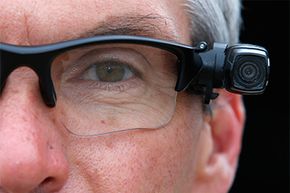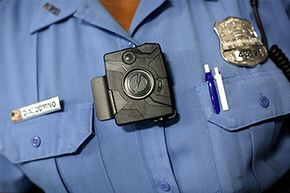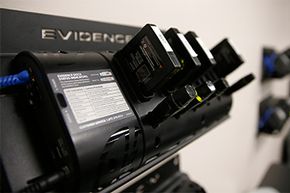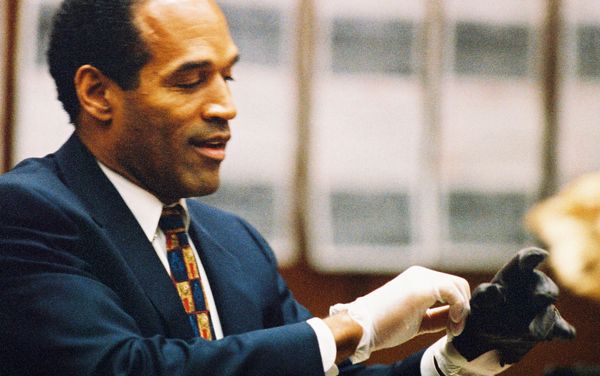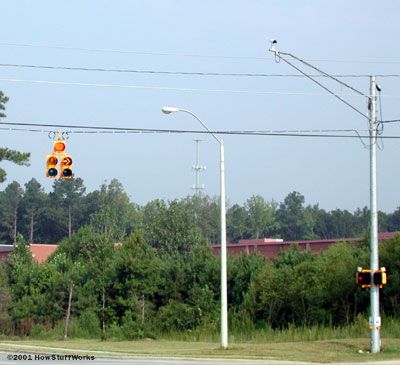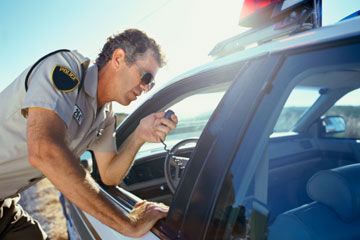In a small city about 50 miles (80 kilometers) east of Los Angeles, a criminologist and a police chief conducted a study on the effects of body cameras on policing [source: Police Foundation]. For all of 2012, the Rialto, California, police department put body cameras on half its uniformed patrol officers at a time and tracked two variables: incidents involving police use of force and civilian complaints against officers [source: Farrar and Ariel].
The results of the experiment raised eyebrows. When officers wore the cameras, they used force half as often. The complaints filed against all officers that year were too few to draw statistically meaningful conclusions, but compared with (pre-camera) 2011, there was a reduction of about 90 percent [source: Farrar and Ariel].
Advertisement
In 2013, Rialto became the first U.S. police department to implement body cameras force-wide [source: Demetrius]. As of 2015, about 5,000 U.S. police departments, out of 18,000 total, use body cameras to some extent [source: Wagstaff]. It's not revolutionary: Britain, an early adopter, started trying out body cameras in 2005 and has been expanding their use ever since [sources: BBC News, Mims]. Manufacturer Vievu claims its cameras are recording police work in 16 countries.
The drive for widespread implementation in U.S. police forces began in earnest after a fatal police shooting in August 2014 [source: Elinson and Frosch]. Ferguson, Missouri, police officer Darren Wilson shot Michael Brown, an unarmed teenager, at least six times. Witnesses told a different story from what the officer reported, and a grand jury decided there was not enough evidence to charge the officer with any crime [source: Buchanan et al.].
A string of equally controversial deaths at the hands of police quickly gained national attention, and interest in body cameras, widely equated with increased accountability, soared [sources: Elinson and Frosch, Stanley].
Police body cameras are specialized video recorders designed to document what frontline officers see in the line of duty. Ideally, they make everyone safer, civilians and police alike. At the very least, they offer some degree of clarity when police interactions with civilians go bad.
Advertisement
